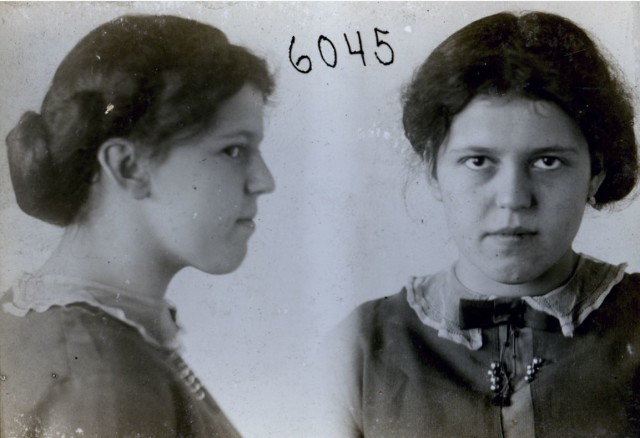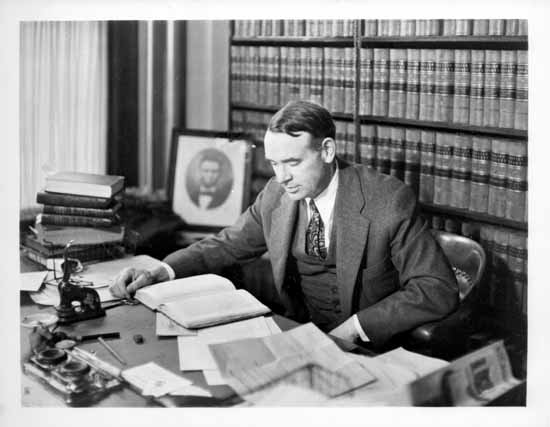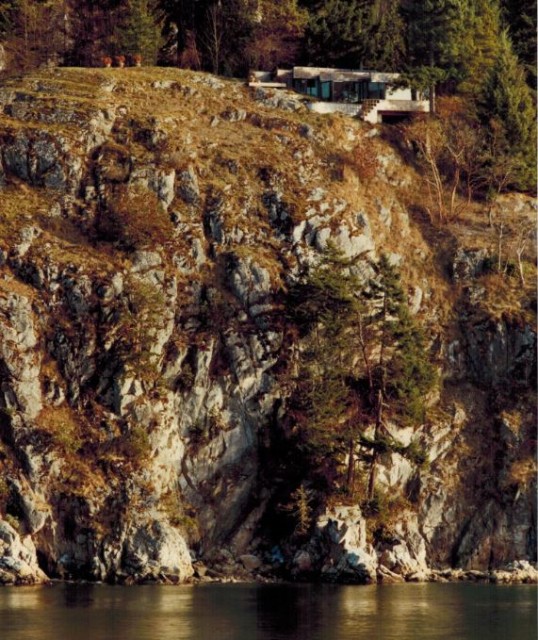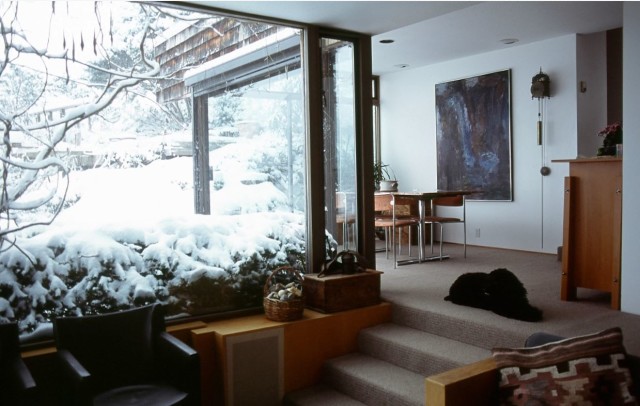
I am thrilled to have the book launch for Sensational Vancouver at the Vancouver Police Museum on Tuesday. The Museum is housed in the old coroner’s court and morgue on Cordova which makes an authentic backdrop for all the great displays.
A large chunk of the material for my book came straight from the Museum’s archives.
One of my favourite “finds” was the prisoner record books. These are huge, heavy leather-bound books full of mug shots of the desperate and the unlucky. The brief, hand-written entries tell whole stories about people’s lives and deaths.

For instance, there is poor Walter Pretsel, 25, who came to the police station in 1912 to ask for a job as a stenographer. “He was found to be insane and was later committed to the insane asylum.” It doesn’t say why.
There are dozens of “notorious gamblers” and prostitution is listed as a profession.
Other entries are just bizarre.
Burnette F. Davis, 28, was a school principal in Washington D.C. He married one of his students, 17-year-old Christine Verhorick, brought her to Vancouver and put her to work at Dolly Darlington’s brothel on Alexander Street. He got five years and a $2,000 fine. It doesn’t say what happened to Christine, but it notes that it’s the second time Burnette had tried this. In 1907 he married a Miss Wade from Kent, Washington. She wasn’t as lucky as Christine. She died and was buried with the “aid of inmates.”

Then there’s little Annie Smith aged 38. Annie, alias Mrs. Stanfield was a bigamist from England. She told police that she believed that her husband, Mr. Smith was dead. She answered a personal ad in a Spokane newspaper, and through the ad, met and married Mr. Stanfield in 1909. She divorced him under grounds of cruelty and fled to Vancouver with her two small children. Stanfield somehow found Smith, who was in fact not dead, and the two men went to police in Vancouver. Annie was found “technically guilty,” but given a suspended sentence, we’re told “on account of the troubles and suffering she had endured.”
© All rights reserved. Unless otherwise indicated, all blog content copyright Eve Lazarus.





 Rapidly disappearing:
Rapidly disappearing:


 When Adams bought the brick building at the corner of Powell and Columbia Streets in 1991 it was abandoned and abused. Likely it would have gone the way of other historical Gastown buildings if he hadn’t seen its potential.
When Adams bought the brick building at the corner of Powell and Columbia Streets in 1991 it was abandoned and abused. Likely it would have gone the way of other historical Gastown buildings if he hadn’t seen its potential.